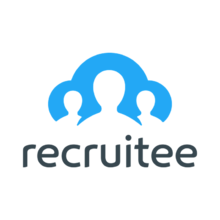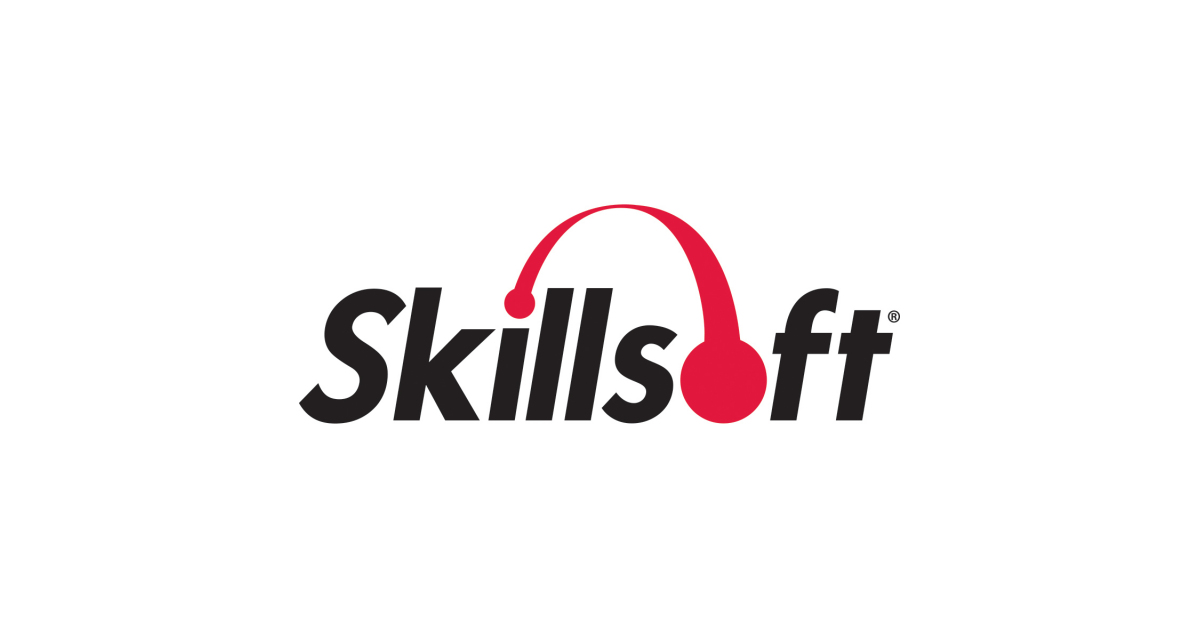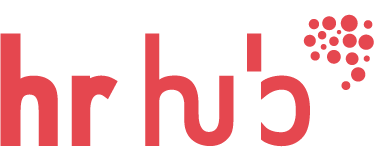HR tools that make work better
In these past years it’s been a tradition to dedicate the month of May to technology. Following the Bucharest Technology Week fever, we organized an HR Hub innovation event for our community, during which 20 participants discussed about HR tools that make work better. We invited Mihaela Nedelcu (Miky) to prepare and present this subject, as she is more than just an HR professional - she is an HR Tech User, HR Tech Consultant and HR Tech Founder.
What did we discuss and learn?
We started with how HR Tech evolved for all HR processes:
1. HR core: from using different systems for each process/ department we now switched to an integrated HR platform; the old papers (vacation requests, bank forms, and employee files) are replaced by self-service capabilities; due to HR Helpdesk portals we are finally preparing to say Goodbye to bureaucracy and manual work.
Examples of tools that make work better:




2. Recruitment: irrelevant JDs, Excel tracking and reporting, direct sourcing - all these are now improved by sourcing automation, natural language processing, profile aggregators, ATS analytics, recruitment marketing etc.
Examples of tools that make work better:










3. Performance and engagement: We are no longer doing the backward looking performance appraisals, annual engagement surveys or yearly KPIs analysis. Instead, we are surrendering to forward looking appraisals by using predictive analytics, we are testing the mood of the employees in real time, and we are continuously improving by giving instant and development-focused feedback.
Examples of tools that make work better:









4. Comp & Ben: Technology is helping HR professionals replace fixed benefits with flexible ones and gamified competitions, manual expense reports and paper payslips with automated expense reports.
Examples of tools that make work better:



5. Learning and development: Today the old training catalogs and instructor-led trainings are replaced with Youtube tutorials, searches on Google and online classes (MOOCs). The high speed of technological transformation impairs the relevance of one size fits all trainings and today’s businesses need a more personalized approach and learning experiences for their employees. Additionally, the new generations don’t have neither the patience nor the time to attend long courses, instead being attracted to AR / VR experiences and instant learning opportunities that can be easily accessed anywhere and anytime.
Examples of tools that make work better:






One of our community members recommended to try filtered, the chatbot Magpie, that learns and helps you make the learning process relevant and tailored to each user’s needs and preferences. In other words, AI in all its beauty!
We then moved to how can we get more value from the HR tools we are using.
According to the ISG report, 2019 Industry Trends in HR Technology and Service Delivery, 59% of total respondents haven’t achieved the measurable business value improvement from the SaaS implementation.
But wait... Why?
Main reasons mentioned:
- Inefficient selection of the tool and/ or tool provider. Before committing to a tool, make a proper research. There are several websites that might assist you with that: G2.com and Capterra.com, for example. Have a discovery call with consultants, state them your specific business needs, make sure they understand you and your business very well. Ask the consultants for a list of pros and cons for each tool and make sure you have a call with the consultants without the vendor (it will increase the chances of providing an objective opinion on the tools). Ask what’s the vendors’ strategy for future development of the tool and its integration with other systems. Another suggested question to ask vendors is if they plan/ want to be acquired or not - if yes, there is a probability that they will not be as flexible as you want or need. Of course, request a demo and see how does the tool suit your needs and existing systems. Last but not least, ask for references from similar companies (size, industry, clients etc). For example, several voices from our community complained about Workday, mentioning that they are inflexible, while BambooHR was rated as a very good tool for medium-sized companies (at least for now);
- Inability of a single vendor to cover all HR needs of an organization and to keep up with innovation;
- Little investment in change management. According to the ISG report only 46% of the respondent companies indicated that they have appointed fully dedicated employees to the HR tools and systems;
- Lack of process optimization. Only 45% of respondent companies indicated that their HR processes are aligned to their technological platform.
For a successful implementation of an HR process automation Miky recommended the following main steps:
- Identify repetitive processes;
- Define business goals;
- Select the right automation solution;
- Train the users;
- Measure and improve.
First we standardize, we improve, and then we automate. Paul Sharrock, ADP
In the second part of the workshop we worked in teams and came up with ideas of HR tools for solving several problems that we as professionals face on a daily basis.

The areas the teams worked were: candidate experience, on-boarding, off-boarding and teaching interviewing skills.

We are so proud of our community and we want to say a big thank you for our members’ dedication and participation!
See you next time! :)
